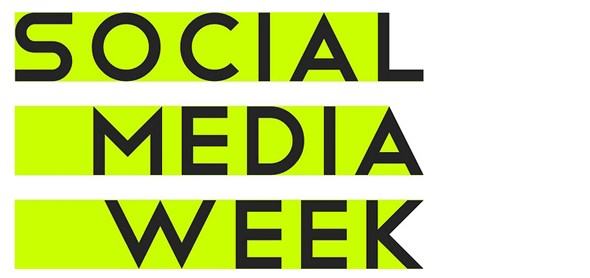Last week was Social Media Week. In 9 cities across the world, social media enthusiasts, gurus, ninjas and the like gathered to discuss some trending topics in the real-world instead of online. Whether you attended lectures via livestream webcasts or in person, each event provided the audience with valuable insights into current industry trends. Throughout this week I hope to recap a few of the specific talks I was able to fit into my personal schedule.
I look forward to providing my readers who were unable to attend a look into what was discussed and others, who were fortunate enough to be present, my perspective and takeaways from the panels. I hope you enjoy and encourage your feedback in the comments section below.
One of the first panels I scheduled was held on day #1: Participation, Aggregation and Criticism in the Digital Age. Presented at the JWT building in midtown Manhattan and hosted by Deep Focus, the panel was made up of the best and brightest in the world of consumer engagement:
Moderator:
- Ian Schafer, Deep Focus CEO/Founder
Speakers:
- Jonah Peretti, Founder of BuzzFeed and Huffington
- Jay Rosen press critic, writer, and professor of journalism at New York University
- Danielle Sacks, award winning senior writer, Fast Company Magazine
- Jamal Henderson, Associate Brand Manager, PepsiCo
The event’s goal was simple: to discuss how social media is challenging and changing social and business rules of engagement. Interestingly enough, the panel took place only a few hours after the largest mass media events of the year (in the United States): The Super Bowl XLV. As many of my readers are already aware, I was utterly disappointed in this year’s crop of Super Bowl commercials.
Many of the media agencies responsible for producing TV spots neglected to include any social media tools in their calls to action – they simply directed viewers to URLs owned/managed by the company. This was not a step forward for advertisers, it did not make any TV executives step out of their comfort zones, and it certainly did not engage many of the 111 million spectators.
The panelists echoed my feelings. A few went as far as to state that this years ads were a step backwards from previous Super Bowls; specifically referring to Google’s Love Story from 2010. The proven strategy is to test a message online before releasing it to the masses. Social media and the Internet enable advertisers to engage in a two-way conversation with their audience. It is very easy to test the success of a specific 30-second spot if posted to YouTube, Vimeo, Facebook, or any of the other online networks with a critical mass.
In conclusion, all of the panelists agreed that Madison Avenue does not have a hold on creative anymore; it is small agencies, launched by Mellennials, who produce marketing campaigns that are successful in modern times. Engaging content takes more than 30-seconds and allows for evangelists to connect across numerous platforms and multiple levels. Many traditional agencies aren’t getting it and need to change with technology.
Change, improvement and innovation are seen daily. On last Monday morning, Febraury 7th, it was announced that The Huffington Post was to be acquired by AOL. Interestingly enough, and lucky for me, Jonah Peretti, a co-founder of The Huffington Post, was one of the panelists for this event. Not surprising, with nearly 250 avid bloggers, tweeters, tumblers, etc populating the lecture hall at JWT, much of the attention was shifted towards Jonah.
A reported $315 million price tag made the online news provider a valuable asset that AOL wanted to add to its arsenal of media outlets. With over 25 million unique monthly visitors, The Huffington Post built its success on a righteous principle: content is king. After fielding some prying inquiries from the audience, Jonah stated clearly that AOL was buying an amazing brand that has influential reporters, an engaged audience and a proven tech platform optimized for consumption.
Jonah continued on to outline the three aspects of The Huffington Post that he personally believes resulted directly in its success:
- Proven SEO Platform
- Simple, yet effective, blogging platform – attracts submissions from unpaid writers
- A paid staff that resembles a traditional media agency
What are your thoughts?
- Do you think this year’s Super Bowl ads were engaging? Did they utilize the opportunity social networking websites provide brands?
- Was AOL’s acquisition of The Huffington Post money well spent?
Comment below…
__________
Thought of the Day: The Pareto Principle, also known as the traditional 80/20 rule, does not apply to Facebook. Traditionally 20% of users produce 80% of the content (adapted from roughly 80% of the effects come from 20% of the causes), but on Facebook everyone contributes to the conversation and consumes information shared by their network.

